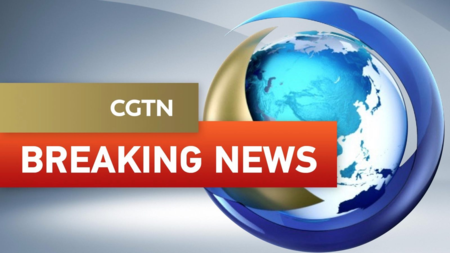As Indian Prime Minister Narendra Modi celebrates 75 years of India’s independence, he has set an ambitious goal: to transform India into a developed country by 2047. This vision, encapsulated in the phrase \"Viksit Bharat 2047\", has become a cornerstone of Modi's economic agenda as he seeks a third term in India's national general election.
According to Bloomberg, the term Viksit Bharat 2047 has appeared in at least 23 of the 29 official speeches Modi has delivered since March, signaling its importance in his campaign strategy.
While India's large population and impressive economic performance since 2014 present significant potential, experts caution that numerous challenges must be overcome to reach developed status. Issues such as inadequate infrastructure, inconsistent education quality, and a shortage of a skilled workforce remain major hurdles.
Additionally, India's economic progression is impeded by bureaucratic inefficiencies, entrenched caste systems, protectionist attitudes towards local businesses, and some of the highest import tariffs globally. These factors contribute to the complexity of achieving sustained economic growth.
Oxford Economics highlights that India needs to maintain an annual GDP growth rate of at least 8 percent from 2023 to 2047 to meet its goal. Currently, India's GDP growth reached 7.7 percent in 2023, a figure that falls short of the required target and marks the highest growth the country has achieved so far.
Liu Xiaoxue, deputy director of the Center for South Asian Studies at the Chinese Academy of Social Sciences (CASS), critiques Modi’s promise as primarily campaign-related. She suggests that, based on the current growth trajectory, India would require an additional 80 to 90 years to match China’s economic status.
One critical issue is the mismatch between India's rapid GDP growth and its ability to create sufficient employment opportunities. Despite the service sector being the primary driver of economic growth, it predominantly attracts educated professionals and does not generate enough jobs for India's expanding young population. The agriculture sector, which employs 45 percent of the workforce, contributes less to GDP compared to services and manufacturing, which only accounted for about 15.8 percent of GDP output in 2023.
To achieve developed status by 2047, India must address these structural challenges by enhancing labor-intensive industries, improving education and infrastructure, and fostering a more inclusive economic environment that can support sustained growth and job creation.
Reference(s):
cgtn.com




